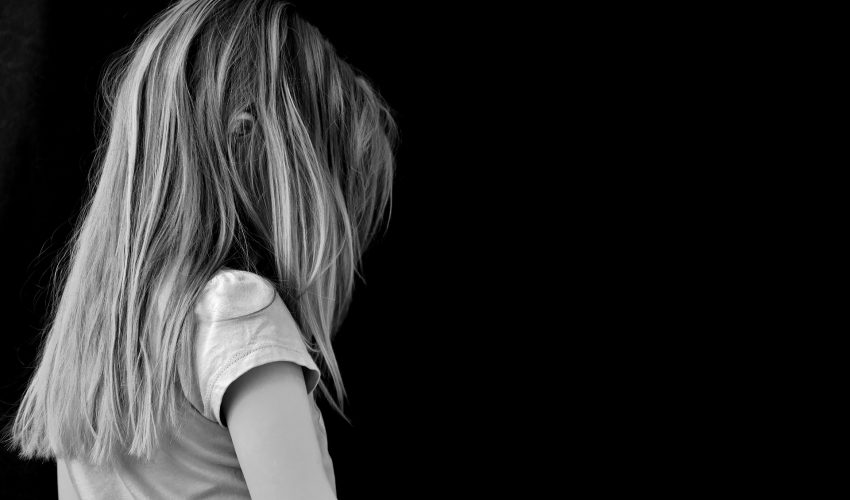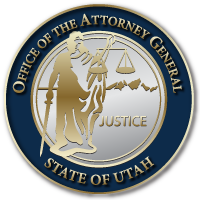This is the first in a series of articles written by the Internet Crimes Against Children (ICAC) Task Force to bring awareness to the reality of crimes that the ICAC Task Force combats daily in order to protect children and to ultimately bring about an end to these atrocities.
WARNING TO READERS: THE FOLLOWING ARTICLE CONTAINS GRAPHIC WRITTEN DESCRIPTIONS OF CHILD SEXUAL ABUSE. IT WILL BE DISTURBING TO SOME READERS.
Child pornography represents one of the cruelest and most horrific forms of sexual abuse against children. It preserves the very worst moments of a child’s life for the gratification and sexual pleasure of their abusers. The videos and images of child sexual abuse are traded, shared, and viewed as both currency and commodity. Some perpetrators use it as a tool to normalize their behavior and groom their victims.
It is important to educate the public on what child pornography is, the way it is disseminated and traded, and how to protect your children from becoming victims of this kind of sexual exploitation.
Legal Definition
Child pornography is, by definition, a depiction of a minor engaged or involved in sexually explicit conduct. The statutory definition for “Sexually Explicit Conduct” is found in Utah law under Utah Code Annotated 76-5b-103 with its own very specific definition:
“Sexually explicit conduct” means actual or simulated:
- (a) sexual intercourse, including genital-genital, oral-genital, anal-genital, or oral-anal, whether between persons of the same or opposite sex;
- (b) masturbation;
- (c) bestiality;
- (d) sadistic or masochistic activities;
- (e) lascivious exhibition of the genitals, pubic region, buttocks, or female breast of any person;
- (f) the visual depiction of nudity or partial nudity for the purpose of causing sexual arousal of any person;
- (g) the fondling or touching of the genitals, pubic region, buttocks, or female breast; or
- (h) the explicit representation of the defecation or urination functions.
It is important to address the actual legal definition of child pornography because there is a common misconception that any depiction of nudity involving a minor could potentially qualify as child pornography. There is a misplaced fear that a parent’s picture of their child in a bathtub could be criminal, or that a picture of a young child nude at a beach could be illegal. This could not be further from the truth. Not only would these types of images not qualify legally as child pornography, they are so far below the true depictions of child pornography that they do not warrant the attention of prosecutors and investigators.
True child pornography, in stark contrast to family photos of bath time and beach vacations, is now more than ever, immeasurably darker and more disturbing than is widely understood. The FBI reports there are now more investigations of child exploitation with a connection to the Internet than ever before. The surge in child pornography on the Internet has led to increased victimization and trafficking to meet the demand for new pictures and live video of sexual violence against increasingly younger children. The highest “value” images traded on-line are those which depict the youngest victims and the most bizarre sex acts. It is common in the prosecution of child pornography cases to see pre-pubescent children as young as infants and toddlers being raped, subjected to violent sexual torture and abuse, and forced to engage in acts of bestiality. Digital images of each child victim are trafficked worldwide, and there may be thousands of defendants found to possess each victim’s images. Cases routinely involve terabytes of child pornography videos and images, and ever more sophisticated technology and tactics designed to conceal these heinous acts.
As this series continues we will discuss the damage child pornography and continued distribution of images of the sexual abuse inflicts on its victims. How the harm to victims is compounded by the knowledge that offenders are viewing, trading and using the pornographic images of the child victim for sexual gratification, often years later. Finally, it will review tools and information for parents to help them prevent their children from becoming victims or exposure to this type of material.
Report child pornography to law enforcement by contacting the ICAC Tip Line at 801.281.1211 or your local law enforcement agency.

